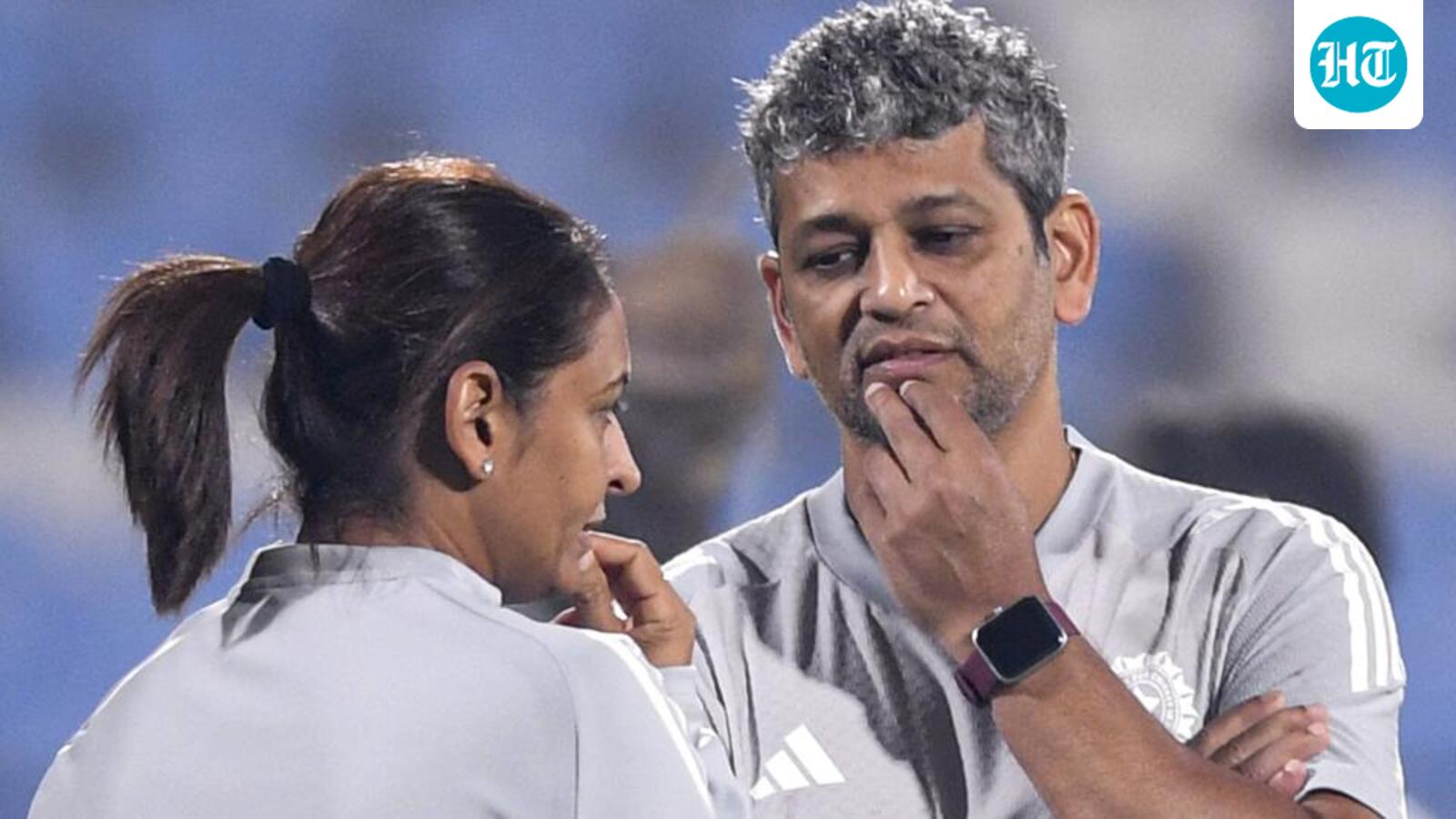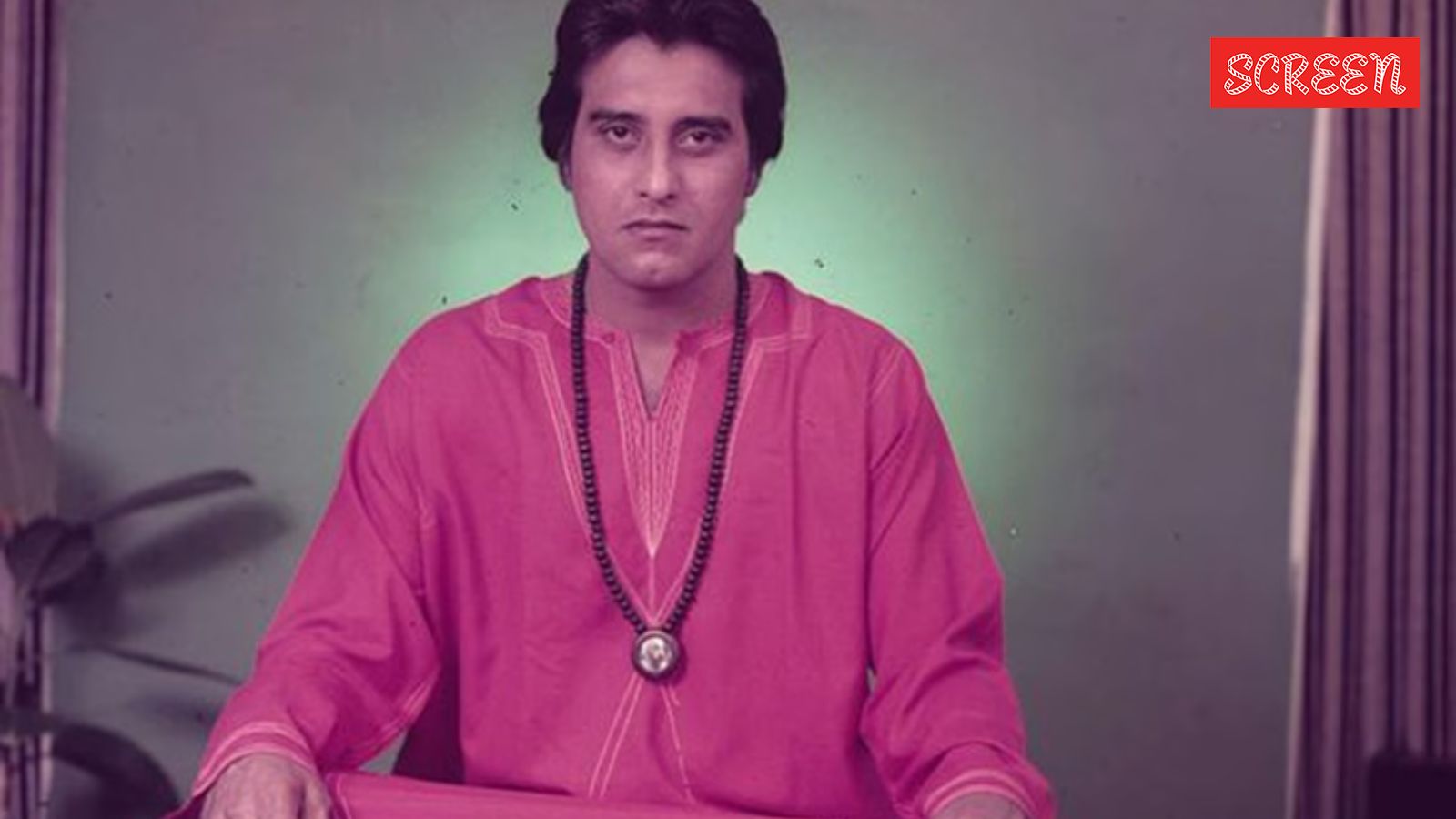
India has started their Asia Cup campaign on a high, steamrolling UAE and Pakistan on their way to confirm a spot in the Super Four stage. The team’s dominance reflected supremacy. They look invincible so far. However, a deeper look into the performances of the ‘Men in Blue’ in the two games might lead one to believe that this could be an illusion that proves fatal in crucial times.
What we have seen so far from India does show their batting depth and bowling versatility. But looking at how the UAE and Pakistan responded to India’s questions, a thinking cricket mind might conclude that these performances were against substandard opposition, and they obscure the critical vulnerabilities that stronger and skilled units might exploit.
Death Bowling Fragility Sans Arshdeep Singh
In the two matches so far, the Indian management did not include left-arm pacer Arshdeep Singh in the XI. This, in turn, has led to their biggest weakness- a compromised death bowling arsenal. The weakness was manifested even against a Pakistan batting that did not have enough wickets left for the assault in the final phase.
Despite the opposition’s batting strength evaporating by the final overs, warning signs were there. Shaheen Afridi tonked Hardik Pandya for two sixes, underscoring vulnerabilities for other teams to exploit in the upcoming clashes.
In IPL, where Arshdeep has already shown his mastery in the death, the left-arm pacer has an economy rate of 9.56, with an average and a strike rate of 19.30 and 12.10, respectively. On the other hand, Hardik Pandya has an economy rate of around 11.59, with an average and a striker rate of 18.20 and 9.40, respectively. This shows that while Pandya takes fewer balls to pick up a wicket in the last five overs, Arshdeep’s overall efficiency is better.
The team’s predicament intensifies given Jasprit Bumrah’s deployment pattern. In both games, India has expended three overs of its premium pacer in the powerplay. Against a team that is able to preserve its wickets and build partnerships, this effectively neutralises India’s most potent weapon in the crucial death phase.
Sanju Samson’s Batting Order Ambiguity
What is Sanju Samson’s role in the batting line-up? This puzzle remains unsolved even after two matches in the Asia Cup. Gautam Gambhir’s dogmatic pursuit of a left-right batting combination, exemplified by Shivam Dube’s promotion against Pakistan after Tilak Varma’s dismissal, has created further ambiguity around Samson’s presence.
It is quite clear that Suryakumar Yadav’s success relegates the wicket-keeper batter further down the order, leaving him lacking rhythm and undercooked. But come a big match, if SKY fails, an underprepared Samson is exposed to a high-pressure scenario without adequate preparation.
The strategic incongruity becomes particularly glaring considering Samson’s success in the opening slot or on the upper middle-order. Trying to make a finisher out of a natural top-order batter squanders his specialised skillset.
Suryakumar Yadav's Tactical Rigidity
While mostly proactive with field placements, Suryakumar Yadav’s planning has looked a bit rigid and inflexible in the tournament. In both matches we have seen, Bumrah has been bowling three overs in the powerplay, irrespective of the match dynamics.
While the strategy made sense against the UAE, it looked pre-decided against Pakistan. If Salman Ali Agha’s men were able to build partnerships, the lack of Bumrah in the death overs could have hurt India badly. Better batting units might plan particularly for this, deliberately preserving wickets against Bumrah and then strategically positioning their best hitter for the final phase.
While the two wins provide momentum, these underlying tactical deficiencies demand immediate correction before it is too late. India’s dominance against comparatively weaker line-ups must not obscure the imperative for strategic refinement. Proactive resolution of these underlying loopholes will determine whether India’s recent domination sustains against world-class opponents.






